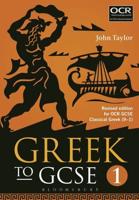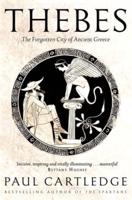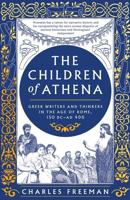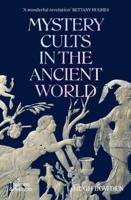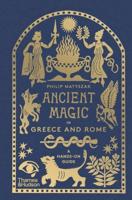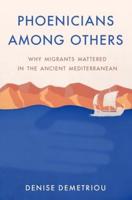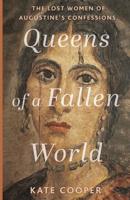Publisher's Synopsis
English summary: In volume 18 of the Report on the Excavation at Tell Sheikh Hamad, Saqer Salah presents 81 texts from clay tablets derived from the Middle Assyrian archive, which are concerned with personnel and rations lists, chiefly of the unfree and dependent field hands (siluhlu). Next to a few lists, which deal with free farmers or servants (urde sarre), some lists also contain information about the production of mashuru-garments, wool, clarified butter, vegetables, spices, chickpeas, and feed-barley. The clay tablets were created during a period of about 52 years, from the eponym of Assur-kasid to the eponym of Ber-nadin-apli, thus from the 3rd regnal year of King Shalmaneser I (1273-1244 B.C.) to the 24th regnal year of his son and successor, Tukulti-Ninurta I (1243-1207 B.C.) The chief surprise in this find is the richness of the material concerning personnel and rations lists, which in comparison to other types of written document of that time such as letters or works of literature are of a secondary, functional level. These texts are not only important documents of administrative practices, but they also offer a glimpse into various areas of the daily life of an inhabitant of Dur-Katlimmu in the t13th century B.C. and they provide evidence for the social life and economic situation of a resident and make possible answers to questions concerning chronology. German description: In Band 18 der "Berichte der Ausgrabung Tall Seh Hamad/Dur-Katlimmu" legt Saqer Salah 81 Tontafeltexte des mittelassyrischen Archivs vor, die sich mit Personen- und Rationenlisten vor allem der unfreien und abhangigen "Feldarbeiter" (siluhlu) befassen. Neben wenigen Listen, die sich mit "freien" Bauern bzw. Dienstleuten (urde sarre) beschaftigen, beinhalten einige Listen auch Informationen zur Ausgabe von mashuru-Gewandern, Wolle, Butterschmalz, Gemuse, Gewurzen, Kichererbsen und Futtergerste. Die Tontafeln stammen aus einem Zeitraum von rund 52 Jahren, vom Eponymat des Assur-kasid bis zum Eponymat des Ber-nadin-apli, also vom dritten Regierungsjahr des Konigs Salmanassar I. (1273-1244 v.Chr.) bis zum 24. Regierungsjahr seines Sohnes und Nachfolgers Tukulti-Ninurta I. (1243-1207 v.Chr.). Es uberrascht vor allem die Reichhaltigkeit dieses Materials von Personen- und Rationenlisten, die im Vergleich zu den anderen Arten schriftlicher Dokumente jener Zeit wie Briefen oder den Literaturwerken zunachst eher zweitrangig wirken. Diese Texte sind jedoch nicht nur wichtige Dokumente der Verwaltungspraxis, sondern sie gewahren auch Einblicke in verschiedene Bereiche des taglichen Lebens der Einwohner von Dur-Katlimmu im 13. Jahrhundert v.Chr. Sie geben Auskunft uber das Sozialleben und die wirtschaftliche Situation der Einwohner und ermoglichen die Beantwortung von Fragen der Chronologie.

